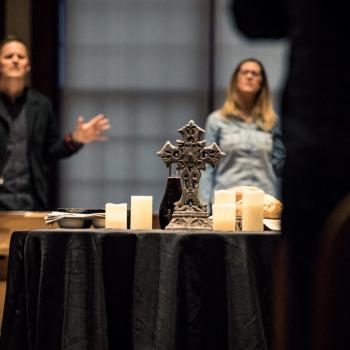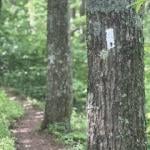I’m in the middle of a church planting class. I thought I’d share my notes on how to survey a neighborhood, in other words, how to understand the context (either a neighborhood or a particular niche community) in which you plant to plant a church. In what follows are my notes. Yes, they are raw. Hope that they mostly make sense 🙂
There are five basic components:
Observation
- This is often “underrated”
- Provides essential foundations
- Observe…
- Buildings, activities, communities, etc.
- How does the neighborhood function? How is it changing? How is it changing?
- What is important to the particular people being “targeted?”
- WALK not drive.
- Prayer walking… invaluable.
- Camera to communicate the vision to others
- Visit areas at different times and days to see the life rhythms of the neighborhood
- Interpret spiritual messages of the culture and buildings, etc
- Life giving? Oppressive?
- Sit. Don’t “do something” until later
- Don’t just do something, sit there! (rather than: Don’t just sit there, do something!)
- Don’t start formal programs for at least a year (Urban Expression policy for UK)
- Observe and get integrated into the new location
Conversation
- Listen to stories
- Ask good questions
- Snowball conversations… ask people to referrals to other people (Who knows what’s happening in this neighborhood?)
Investigation
- Wealth of information is available
- Planning department
- Wikipedia
- Voluntary agencies
- Census data
- Groups or subgroups with particular needs as well… beyond just the niche or popular culture being targeted
Interpretation
- Identify key questions and has my info given any good answers (these should actually be a guide and then only new questions need to be asked as they arise in the interpretation process)
- Look at how gospel affirms and challenges the culture and its norms
- Redemptive analogies in the community that illustrate the good news that we can draw upon? Paul was good at this.
Application
- SO WHAT?
- Has this info and interpretation led to a sense of vocation and has it shaped how we create our ethos?
- This is often ignored by church planters who have preconceived notions of a structured plan. In other words, “My church will look like ‘this’ so the data isn’t gonna change that!”
- Has this info and interpretation led to a sense of vocation and has it shaped how we create our ethos?











